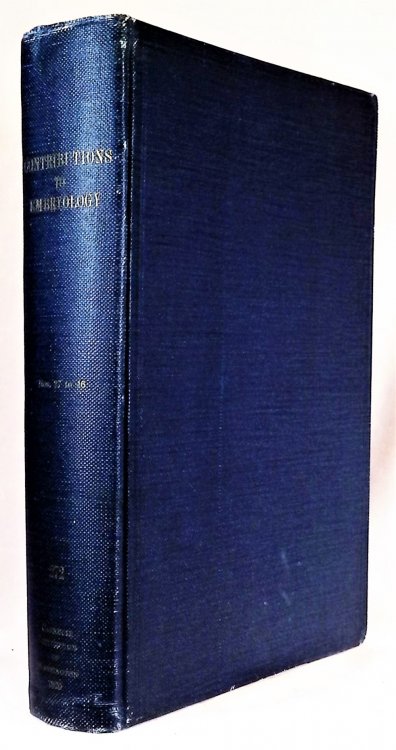
Contributions to Embryology. A Memorial to Franklin Paine Mall
$300.00 USD • Used
1920 SCARCE SUMPTUOUS FESTSCHRIFT FOR EMINENT EMBRYOLOGIST FP MALL INCLUDES PAPERS BY LEADING WOMEN SCIENTISTS. 22x30x5 cm hardcover, publisher's green cloth binding, blindstamped borders to cover...
1920 SCARCE SUMPTUOUS FESTSCHRIFT FOR EMINENT EMBRYOLOGIST FP MALL INCLUDES PAPERS BY LEADING WOMEN SCIENTISTS. 22x30x5 cm hardcover, publisher's green cloth binding, blindstamped borders to covers, gilt title to spine, frontispiece portrait of Franklin Paine Mall, i-v, 554 pp, many color and black-and-white plates. Corners bumped, covers and spine clean, binding tight, pages unmarked, clean and bright, very good+. FRANKLIN PAINE MALL (1862-1917) earned his MD from the University of Michigan in 1883. After completing his degree, Mall moved to Heidelberg to study ophthalmology. However, in 1884, he moved to Leipzig where he became a student of embryologist Wilhelm His and met William H. Welch, future dean of Johns Hopkins University School of Medicine. In 1886 Mall enrolled in a fellowship in the department of pathology at the Johns Hopkins Hospital where he started a collaboration with William S. Halsted. In 1889 Mall was offered an adjunct professorship of anatomy at Clark University in Worchester, Mass., where he developed an embryological research program. With the opening of the Johns Hopkins University School of Medicine in 1893, William Welch appointed Mall head of the department of anatomy. At Johns Hopkins Mall worked with Ross G. Harrison, Florence R. Sabin, George L. Streeter, and Warren H. Lewis. Mall edited the first six volumes of the Carnegie Institution of Washington's Contributions to Embryology. In 1913 Mall had appealed to the Carnegie Institution to create a department of embryology that would be housed at Johns Hopkins. He received a $15,000 grant that established the department, which Mall chaired until his death in 1917. The festschrift in his honor contains major research papers contributed by his colleagues. Notable for the time is the inclusion of papers by 3 women: Margaret R. Lewis, Florence R. Sabin, and Theodora Wheeler. MARGARET REED LEWIS (1881-1970) was an American cell biologist and embryologist who made contributions to cancer research and cell culture techniques, and was likely the first person to successfully grow mammalian tissue in vitro. From 1897 to 1901 she attended Goucher College (then known as Woman's College of Baltimore), where she earned an A.B. After graduation she studied at Bryn Mawr College, Columbia University, and the Universities of Zurich, Paris, and Berlin, but never earned a graduate degree. As a female scientist in the early twentieth century, Margaret Reed Lewis was not able to push her own achievements in her field of work, but she with her husband was able to further develop tissue culturing techniques and demonstrate how single cells impacted the organism as a whole. In 1915 Lewis joined the Carnegie Institution of Washington. In 1940 she was elected to the Wistar Institute in Philadelphia, and was an honorary life member of the Tissue Culture Society. FLORENCE RENA SABIN (1871 - 1953) was a pioneer for women in science; she was the first woman to hold a full professorship at Johns Hopkins School of Medicine, the first woman elected to the National Academy of Sciences, and the first woman to head a department at the Rockefeller Institute for Medical Research. In 1896, Sabin enrolled at the Johns Hopkins University School of Medicine as one of fourteen women in her class. The school opened in 1893 and was co-ed from the beginning because of an early donor's contingency which required the admittance of female students. while at Hopkins, Sabin's observational skills and perseverance in the laboratory caught anatomist Franklin P. Mall's attention. Mall's mentorship was foundational to her future research and consequent legacy. Upon graduation, Sabin obtained an internship at Johns Hopkins Hospital under physician Sir William Osler. She was finally appointed professor of embryology and histology in June 1917, the first woman to become a full professor at a medical college. She continued her research on the origins of blood vessels, which in 1924, Sabin's earned her presidency of the American Association of Anatomists. In 1925, she was voted into the National Academy of Sciences. She was the first woman to gain membership in this prestigious body and would remain the lone female member for the next 20 years. THEODORA WHEELER, BA, MD, member of the Mall's group, was recognized for her pioneering work on the anatomy of spina bifida, a common congenital malformation that had previously been studied for its external characteristics.
Product Info
Publisher: Carnegie Institution of Washington
Year: 1920
Type: Used
Binding: Softcover
First Edition
Seller Info
BiomedRareBooksLLCABAAILABIOBA
Address: P.O. Box 193 North Garden, Virginia
Website: https://www.biomedrarebooks.com
Country: United States
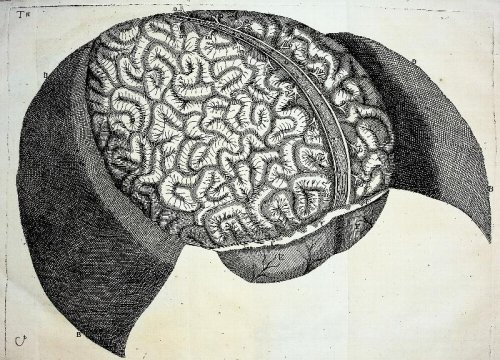
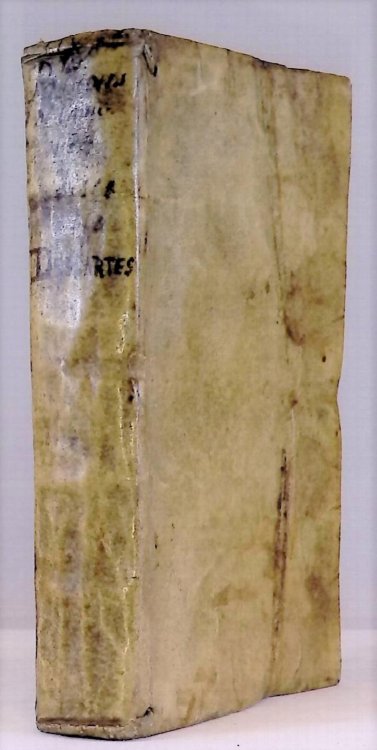
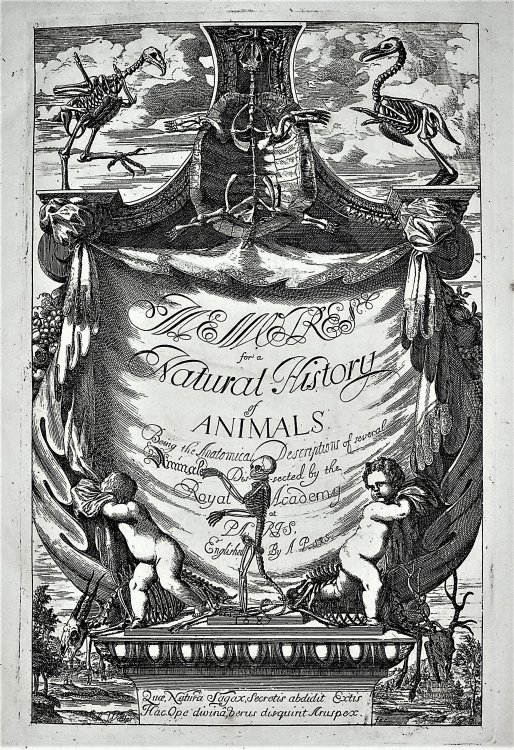
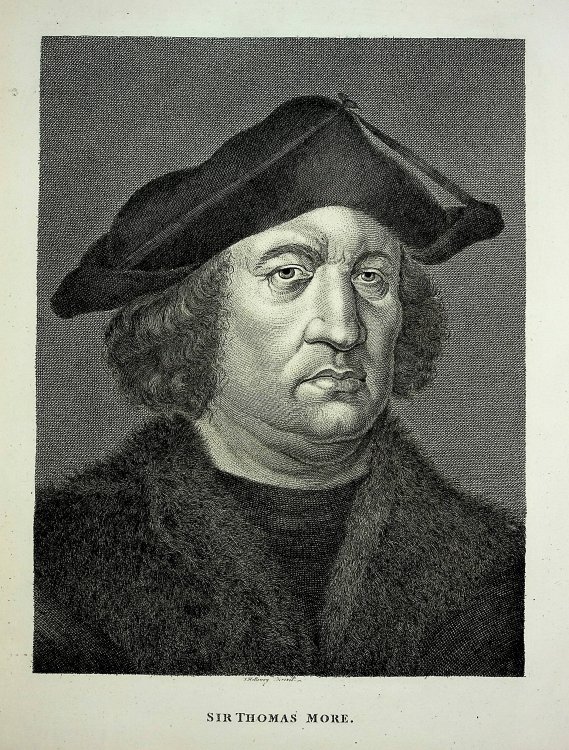
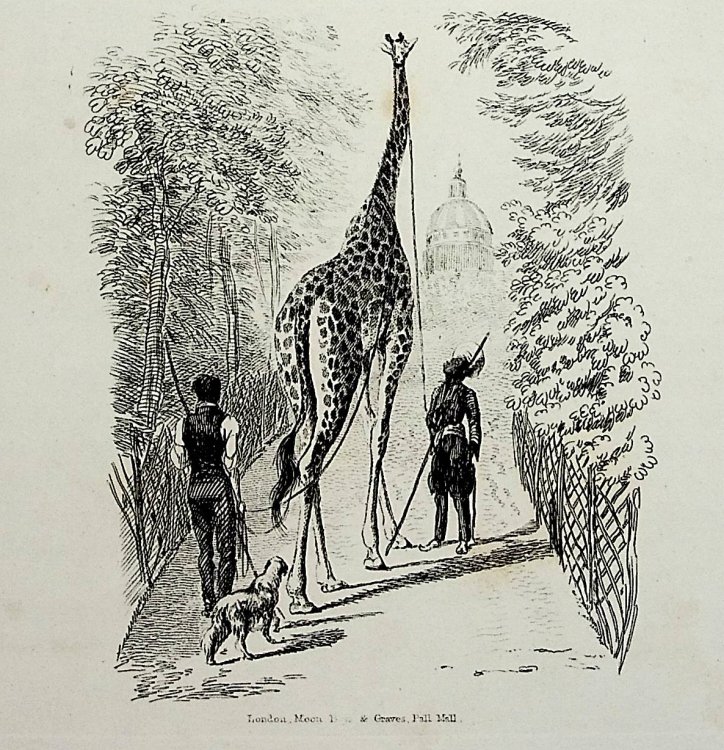
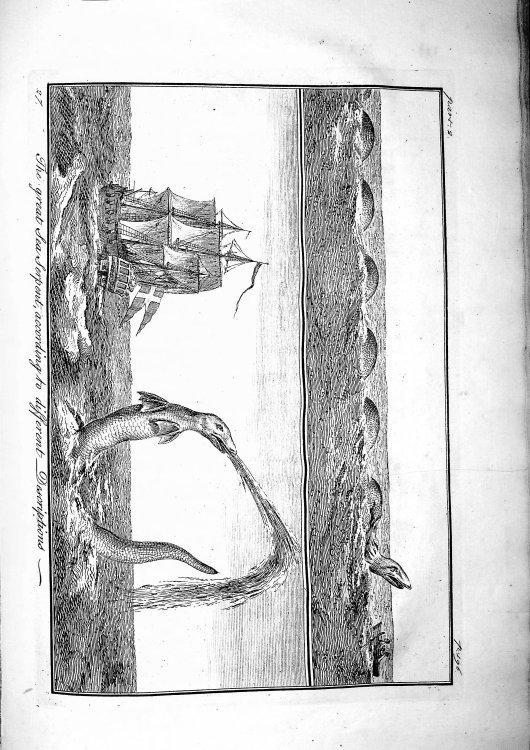
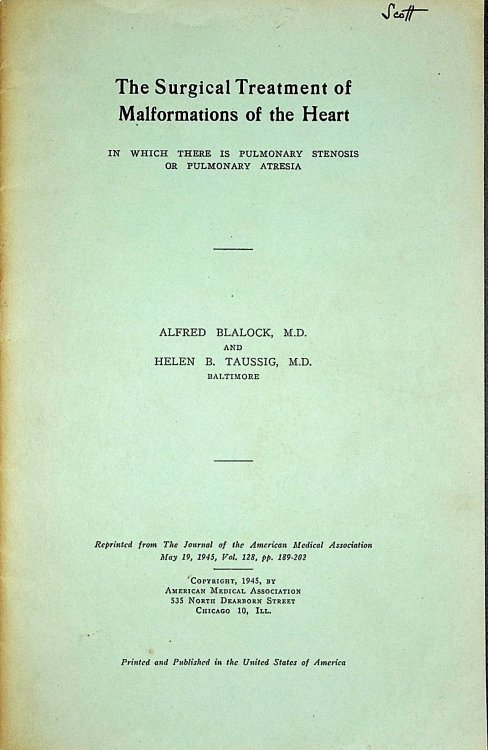
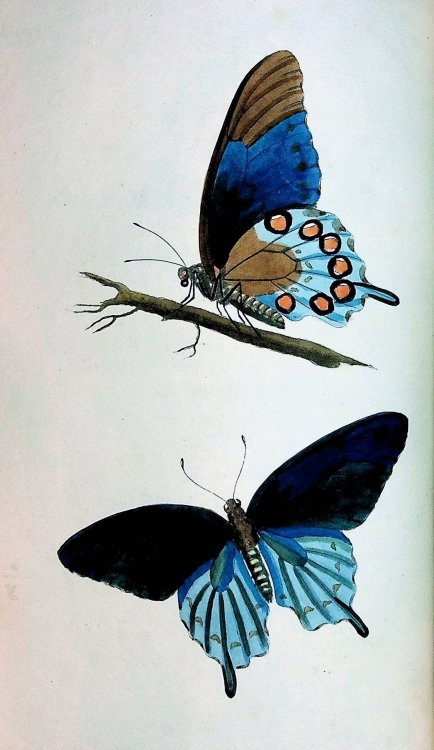
![Memoire sur le Pancreas et sur le role du Suc pancreatique dans les phenomenes digestifs, particulierement dans la digestion des matieres grasses neutres [Memoir on the Pancreas and on the role of pancreatic juice in digestive phenomena, particularly in the digestion of neutral fatty materials] (Claude Bernard) TOGETHER WITH Memoire sur quelques points de la Physiologie des Algues [Memoir on some aspects of the physiology of algae] (A Derbes & AJJ Solier) TOGETHER WITH Memoire sur le Calcul des Perturbations qu'eprouvent les Cometes [Memoir on the Calculation of the Perturbations experienced by Comets] (PA Hansen)](/images/stores/5089/1553_1.jpg)